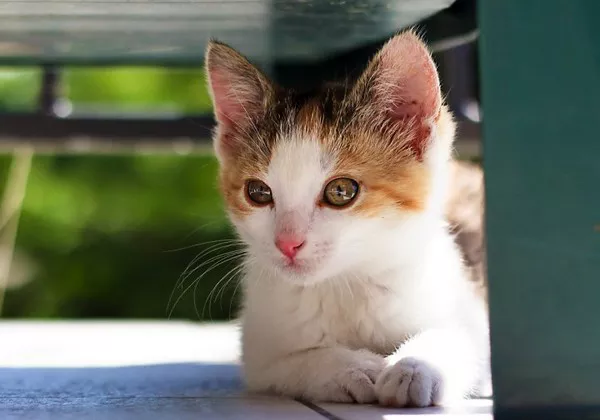Eastern box turtles, scientifically known as Terrapene carolina carolina, are fascinating creatures that captivate the attention of both novice and seasoned reptile enthusiasts. These small to medium-sized turtles are native to the eastern part of the United States, boasting distinctive markings and a unique ability to retract into their shells completely. One of the most intriguing aspects of eastern box turtles is their lifespan, a subject that prompts many questions among enthusiasts and pet owners alike.
Natural Habitat and Lifespan:
In their natural habitat, eastern box turtles thrive in a variety of environments, including deciduous forests, grasslands, and wetlands. These adaptable reptiles have managed to survive for extended periods, with their lifespan being a topic of interest for researchers and conservationists. Understanding the factors influencing the longevity of eastern box turtles is crucial for their conservation and the well-being of those kept in captivity.
Environmental Influences on Longevity:
The lifespan of eastern box turtles is significantly influenced by their surroundings. In the wild, these turtles face various challenges, including predation, habitat loss, and exposure to environmental toxins. Those living in well-preserved habitats with ample food sources and suitable conditions tend to live longer than those in degraded environments. Conservation efforts are crucial to ensuring the longevity of eastern box turtles in the wild.
Life in Captivity:
For individuals interested in keeping eastern box turtles as pets, understanding their lifespan in captivity is essential. When provided with proper care, a well-balanced diet, and an environment mimicking their natural habitat, eastern box turtles can thrive in captivity. Responsible pet ownership, including regular veterinary check-ups, appropriate enclosures, and a suitable diet, contributes to the overall well-being and longevity of these captivating reptiles.
Dietary Considerations:
The diet of eastern box turtles plays a pivotal role in determining their lifespan. These omnivores have a varied diet consisting of insects, worms, fruits, and vegetation. A well-balanced and nutritionally sound diet, along with access to fresh water, is essential for the health and longevity of eastern box turtles. Understanding their dietary preferences and providing a diverse range of food items is crucial for ensuring their well-being.
Reproduction and Its Impact on Lifespan:
Reproduction is a critical aspect of the life cycle of eastern box turtles. The stresses associated with reproduction, such as finding suitable mates and nesting sites, can impact the overall lifespan of these turtles. Understanding the reproductive behaviors of eastern box turtles sheds light on the challenges they face and the importance of preserving their natural habitats for successful reproduction.
Health Considerations:
The health of eastern box turtles is directly linked to their lifespan. Like all living organisms, they are susceptible to various diseases and health issues. Regular health check-ups, monitoring for signs of illness, and providing a clean and suitable environment are essential components of ensuring the longevity of eastern box turtles in captivity and in the wild.
The Role of Predators:
In the wild, eastern box turtles face a myriad of predators, including raccoons, birds, and other larger reptiles. Predation is a natural factor that influences the lifespan of these turtles. Understanding the predator-prey dynamics and implementing conservation measures to mitigate threats from predators are vital for the survival of eastern box turtles.
Conservation Efforts:
Conservation initiatives are instrumental in protecting the natural habitats of eastern box turtles. Habitat loss, pollution, and climate change are significant threats that can impact the lifespan of these turtles. Collaborative efforts involving researchers, conservationists, and the public are crucial for implementing effective conservation strategies to ensure the longevity of eastern box turtles for generations to come.
Conclusion:
In conclusion, the lifespan of eastern box turtles is a multifaceted subject influenced by various factors, including their natural habitat, environmental conditions, diet, reproductive behaviors, health, and the presence of predators. Whether in the wild or captivity, responsible stewardship and conservation efforts are imperative for safeguarding the longevity of these captivating reptiles. By gaining a comprehensive understanding of the intricacies surrounding the lifespan of eastern box turtles, we can contribute to their preservation and appreciate the unique role they play in the ecosystems they inhabit.
Related Topics:
How Can Turtles Eat Jellyfish Without Getting Stung
Can Turtles See Color? Vet-Approved Facts & FAQ
Can Turtles Eat Fruit? [Safe Fruit List]

























